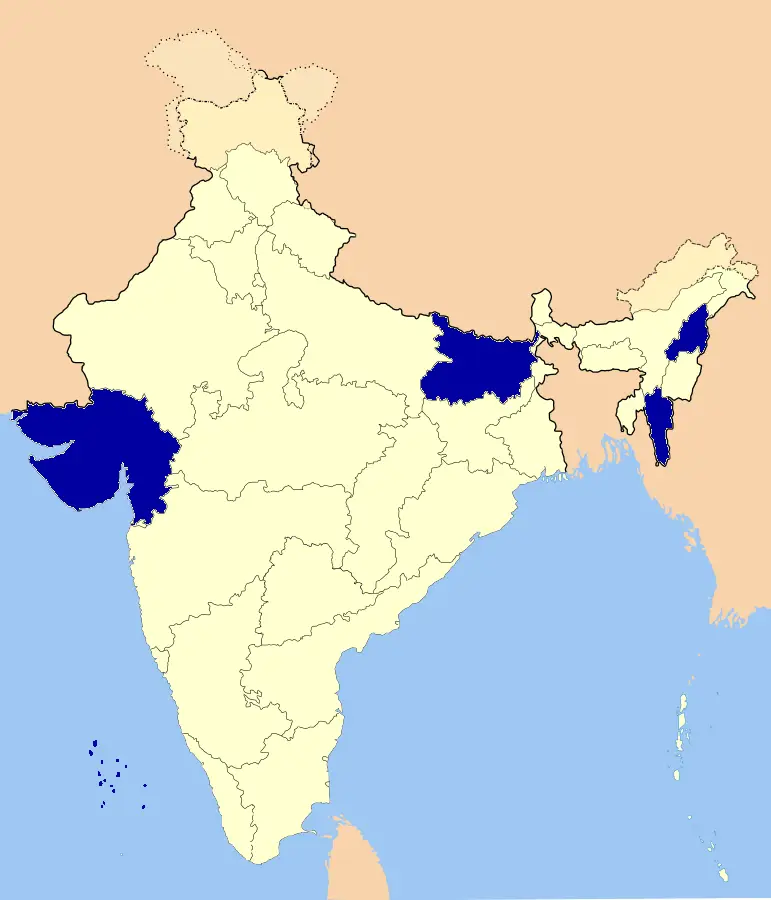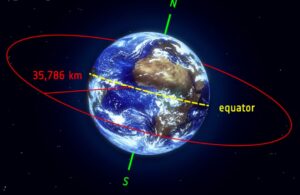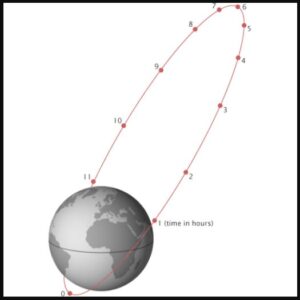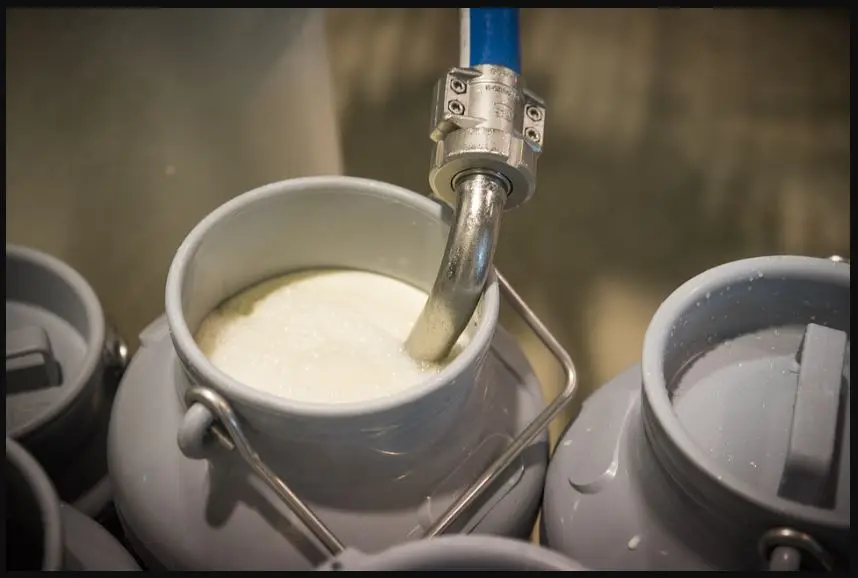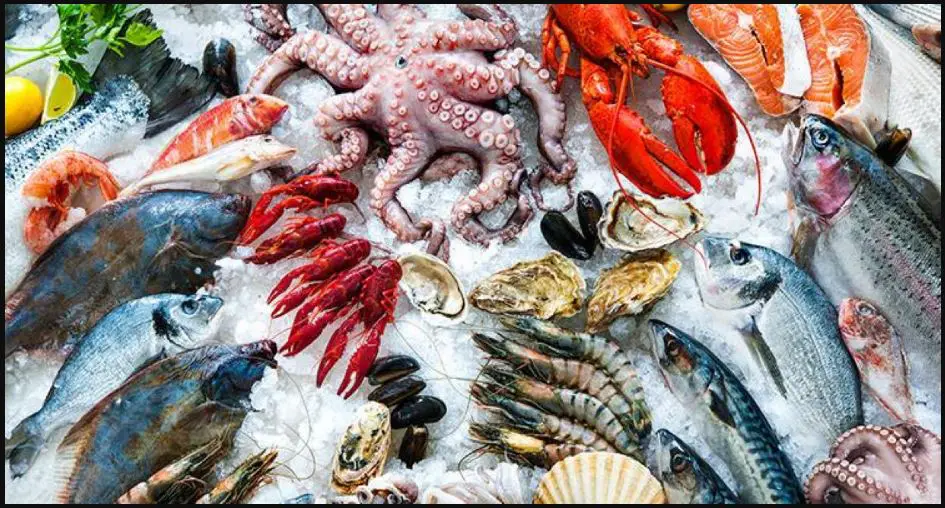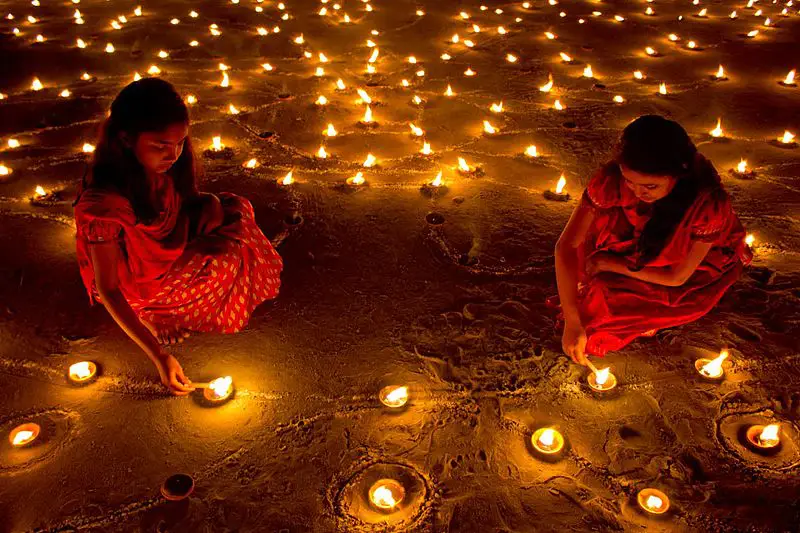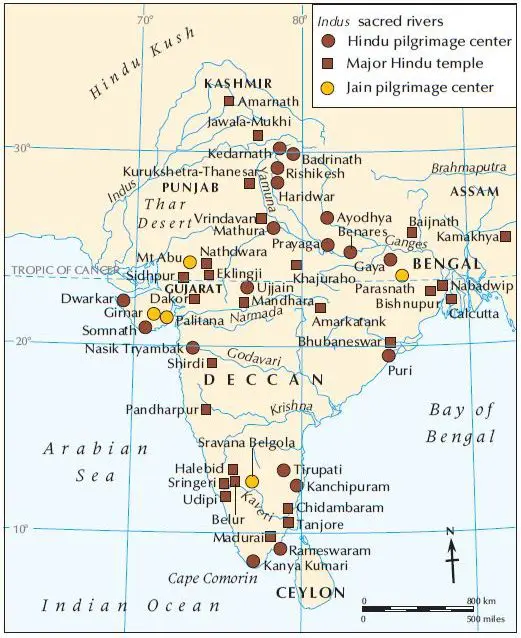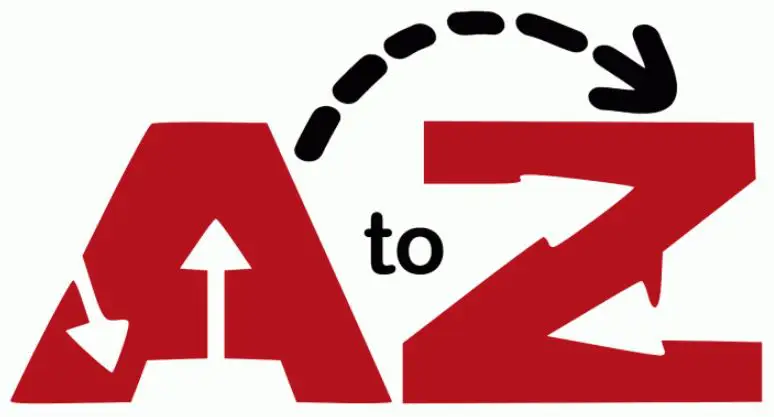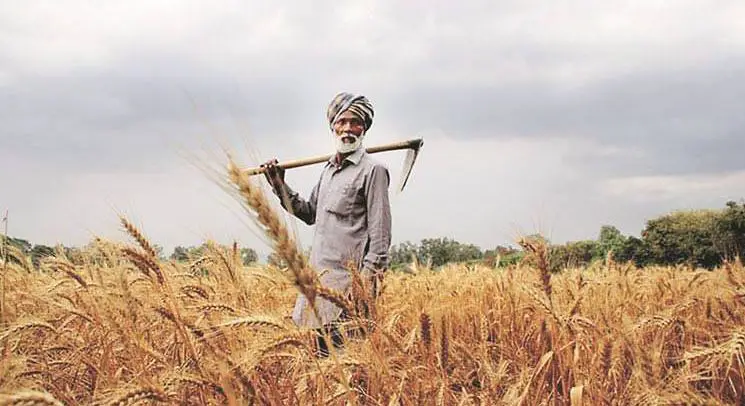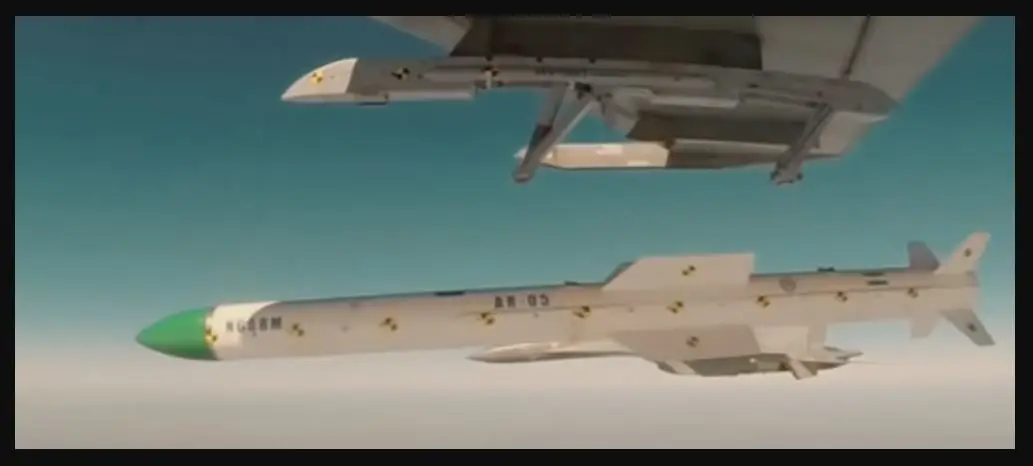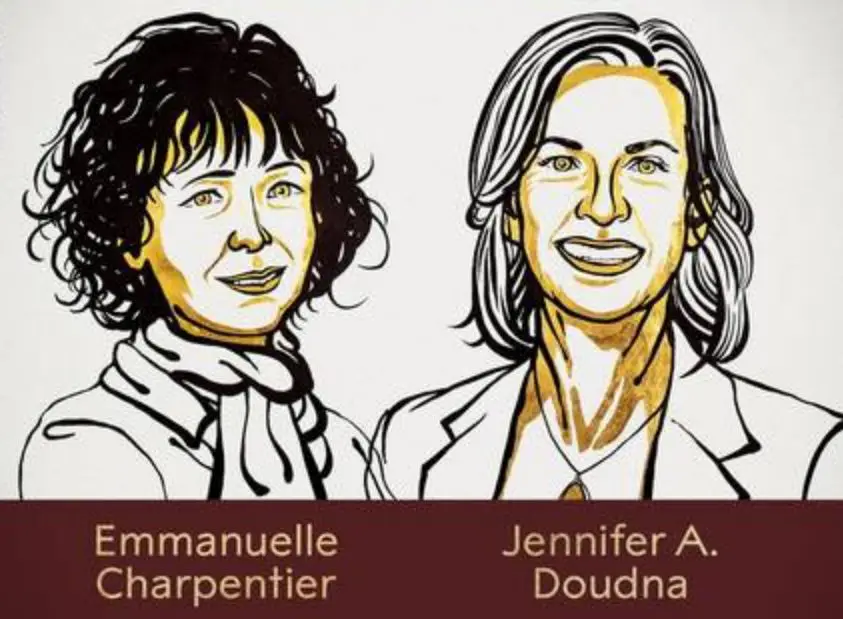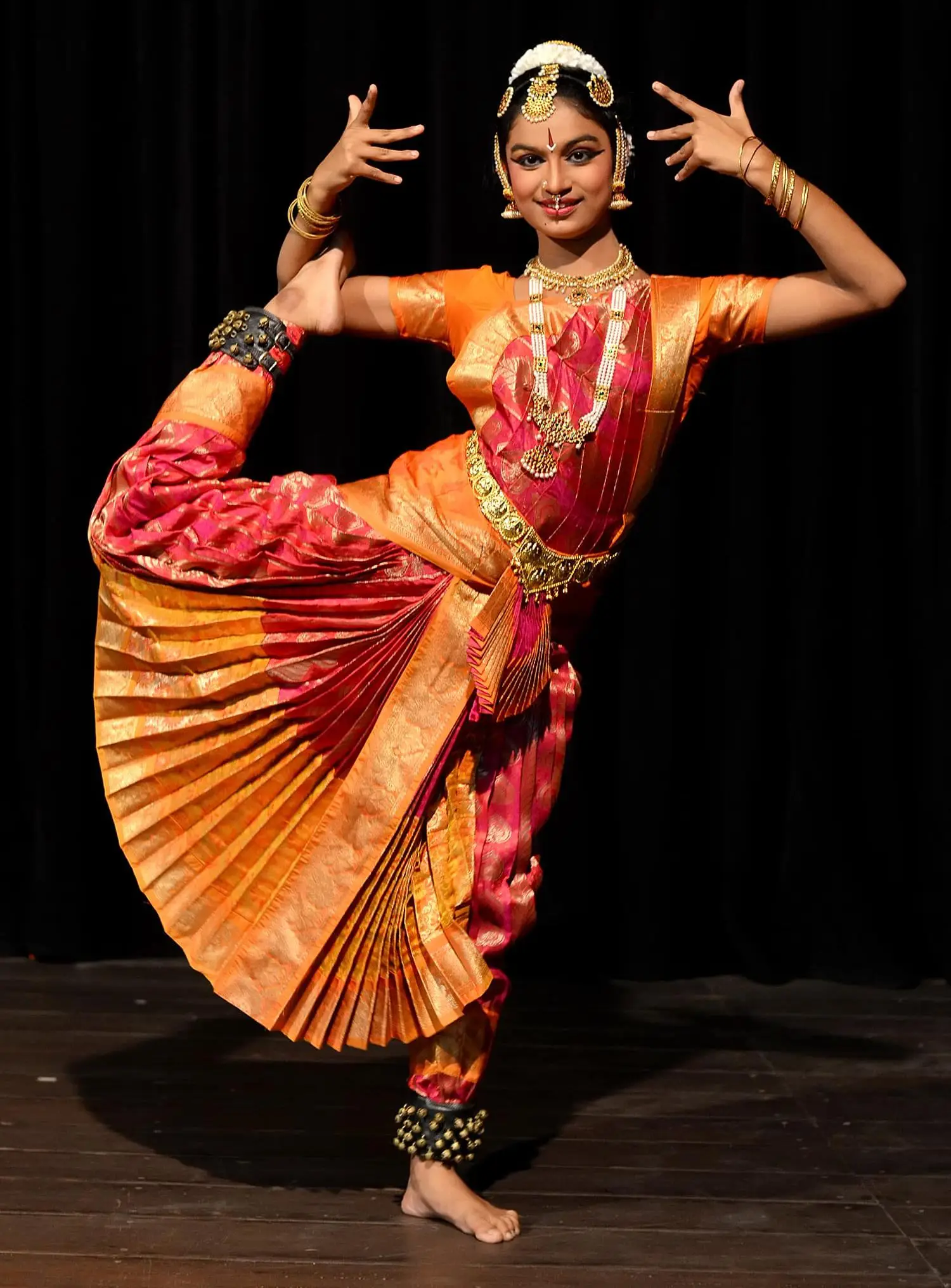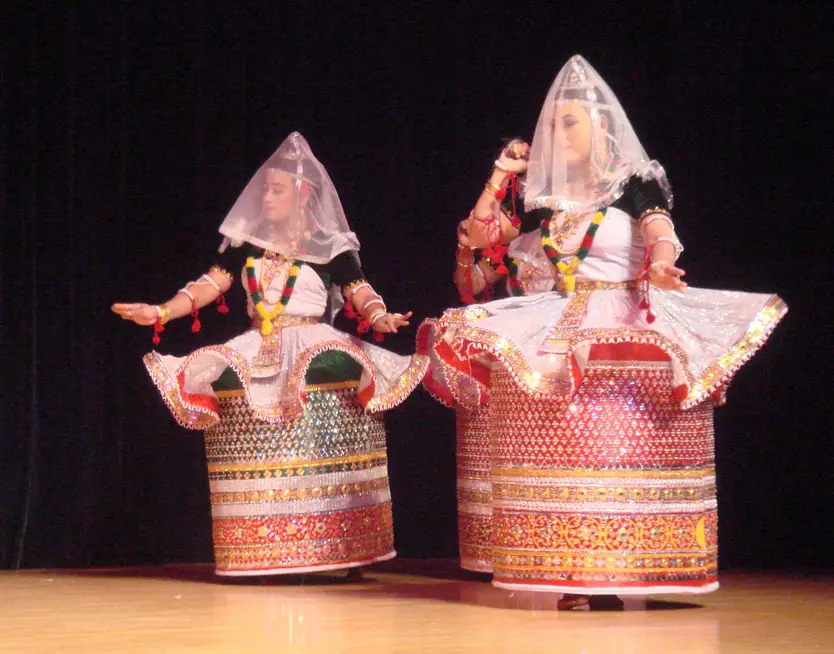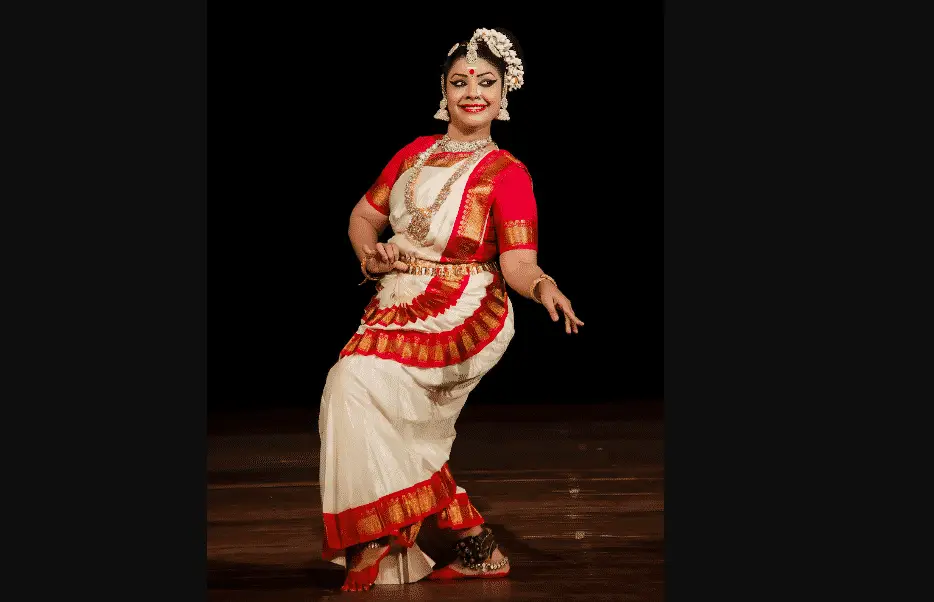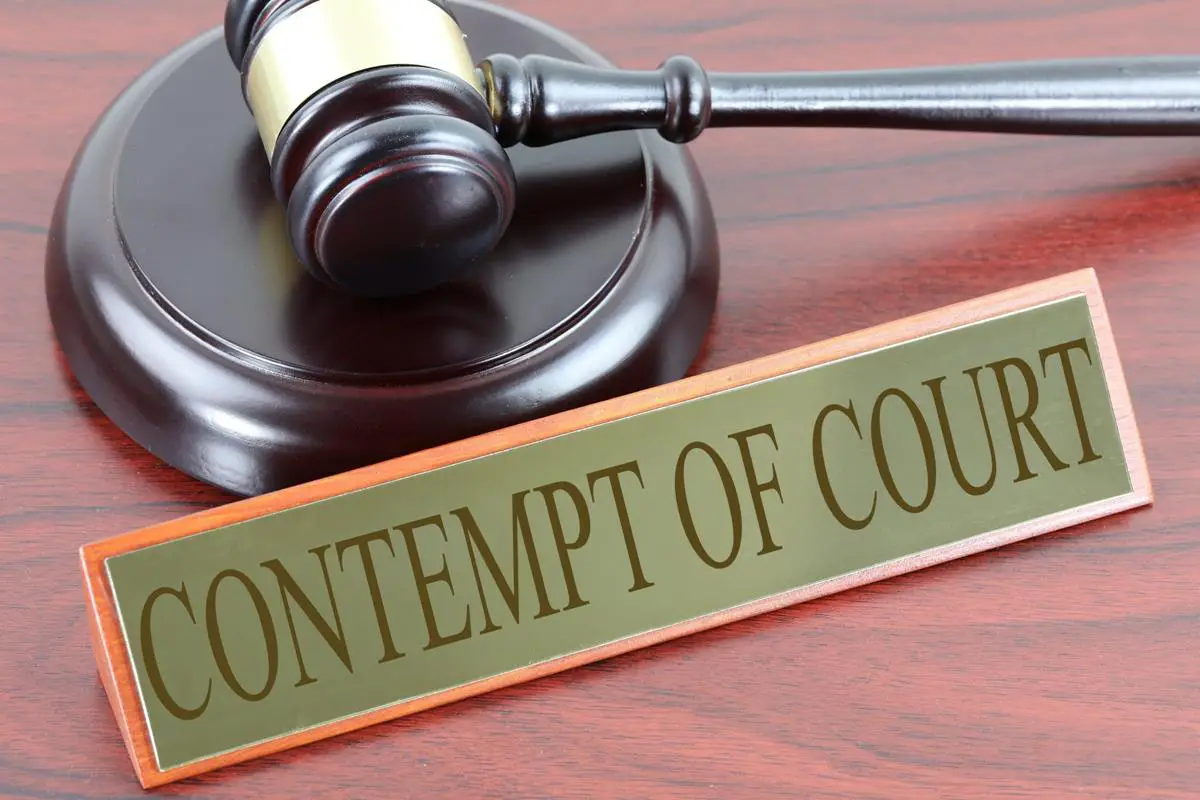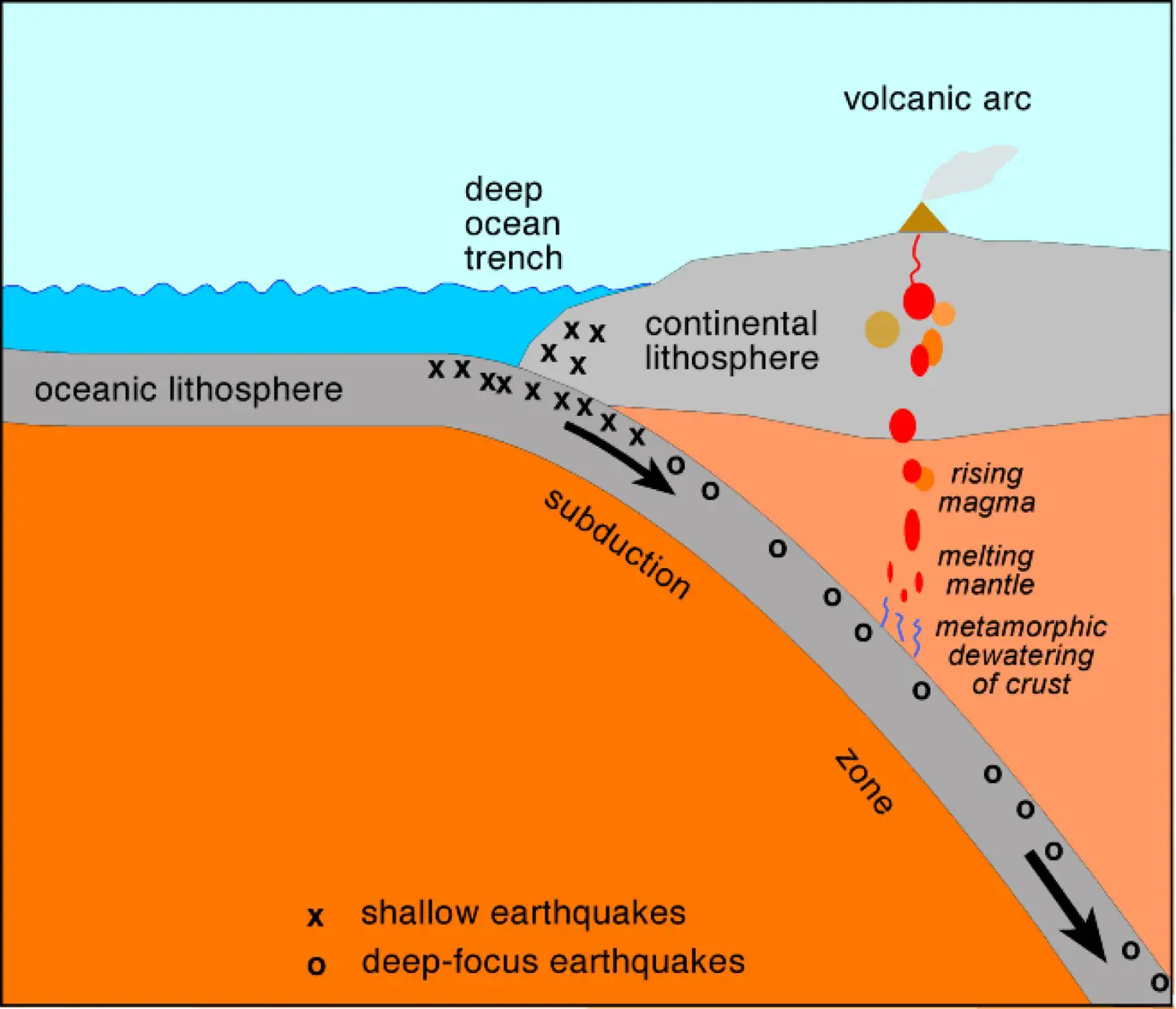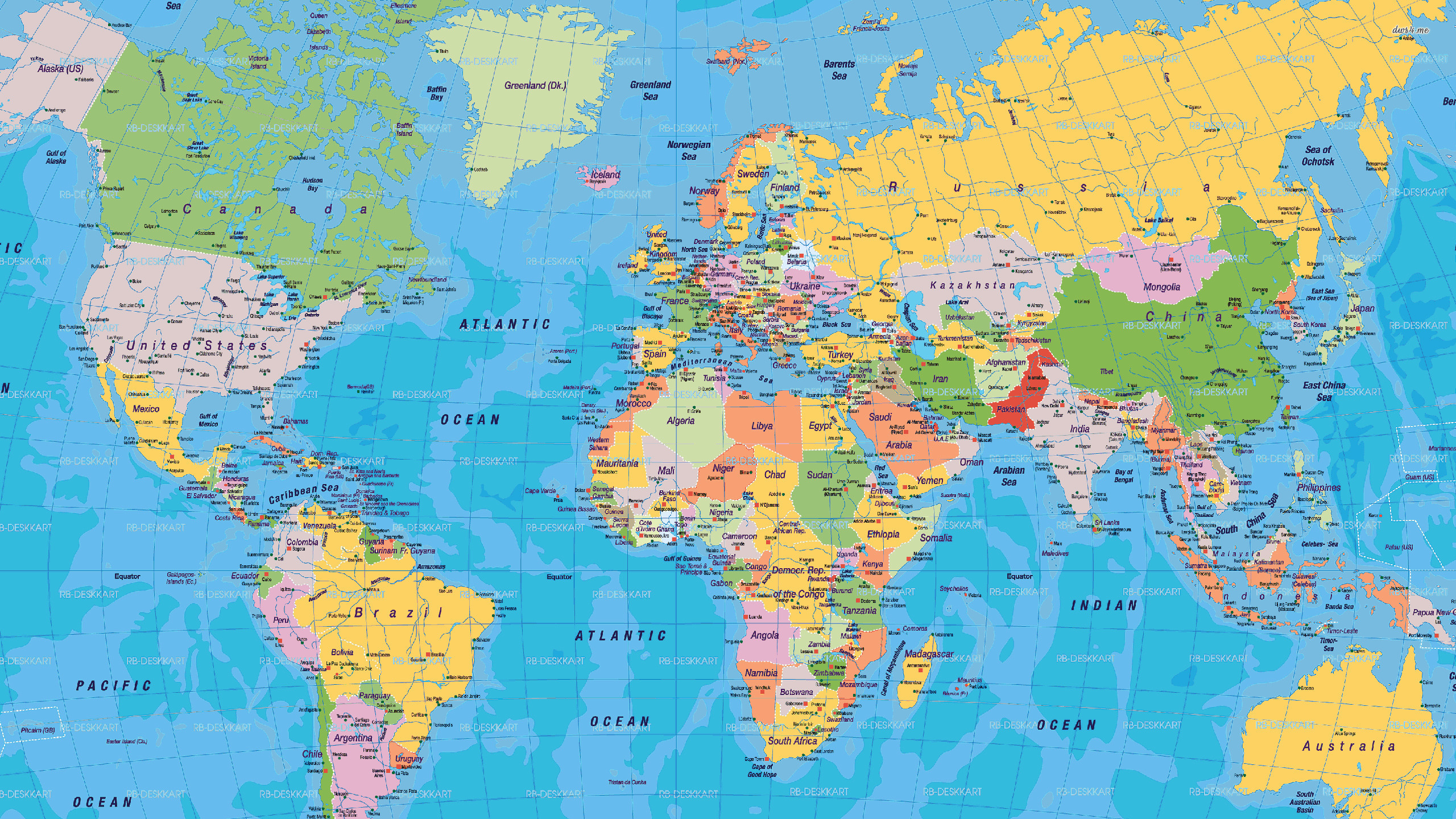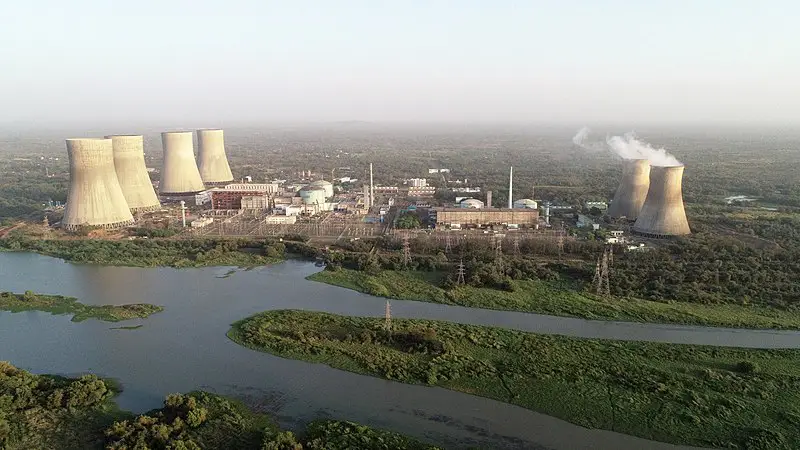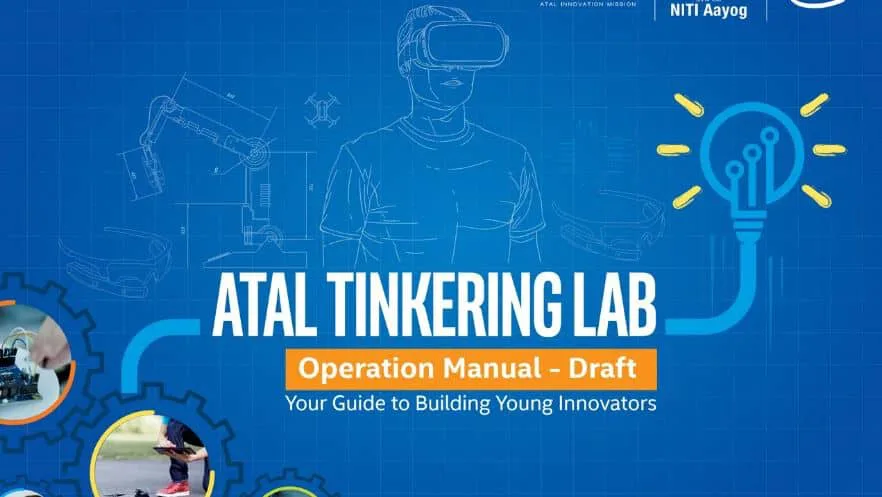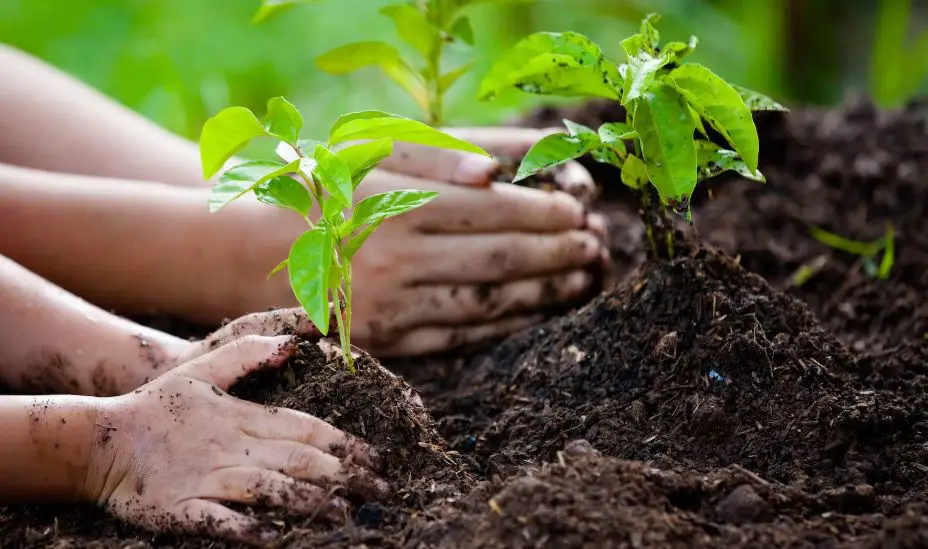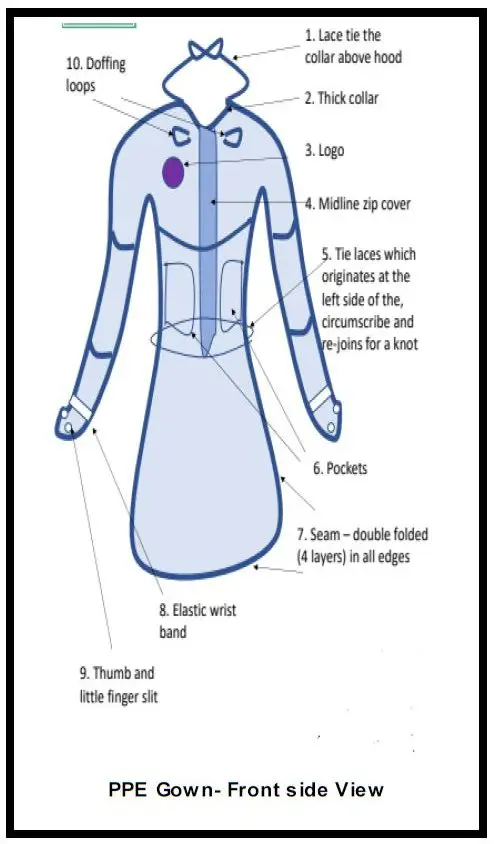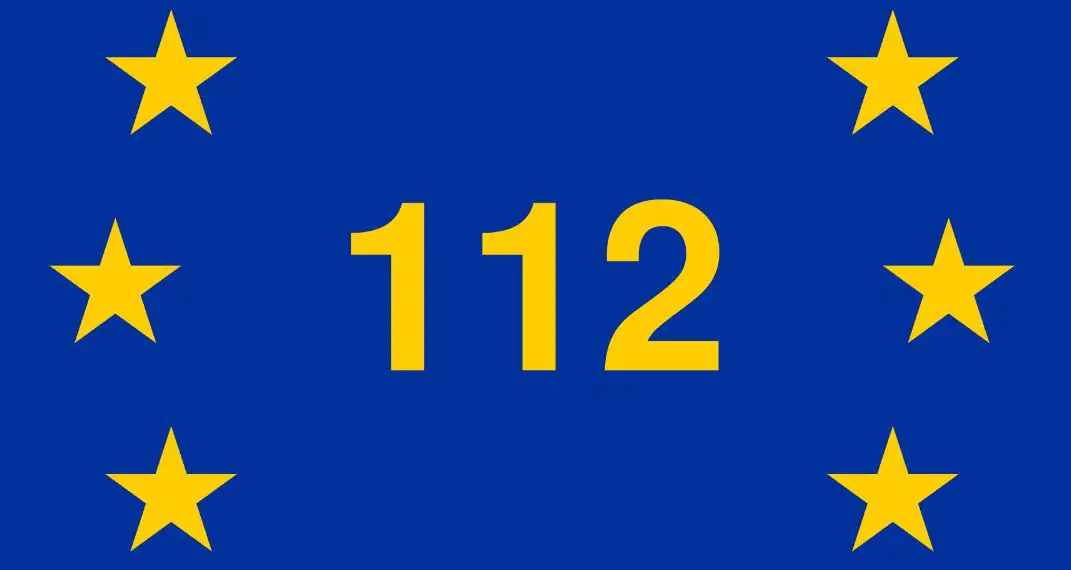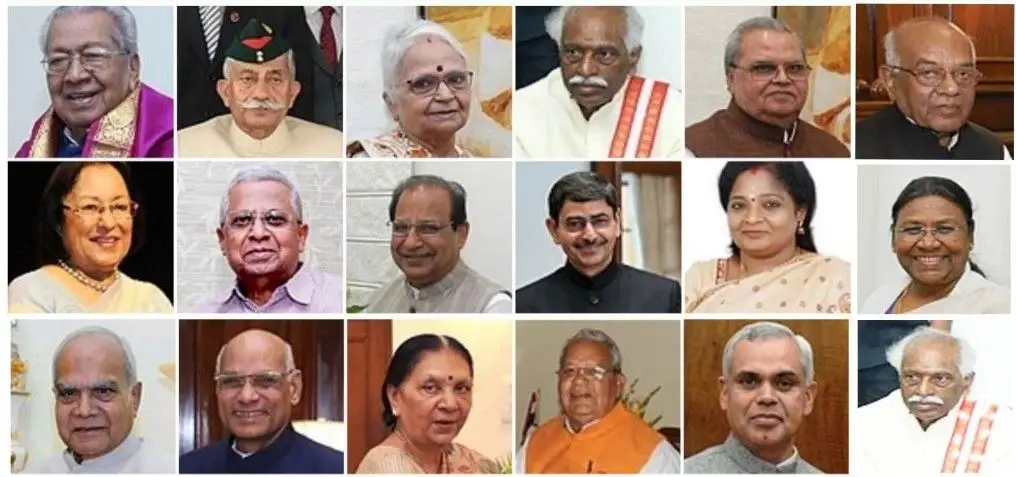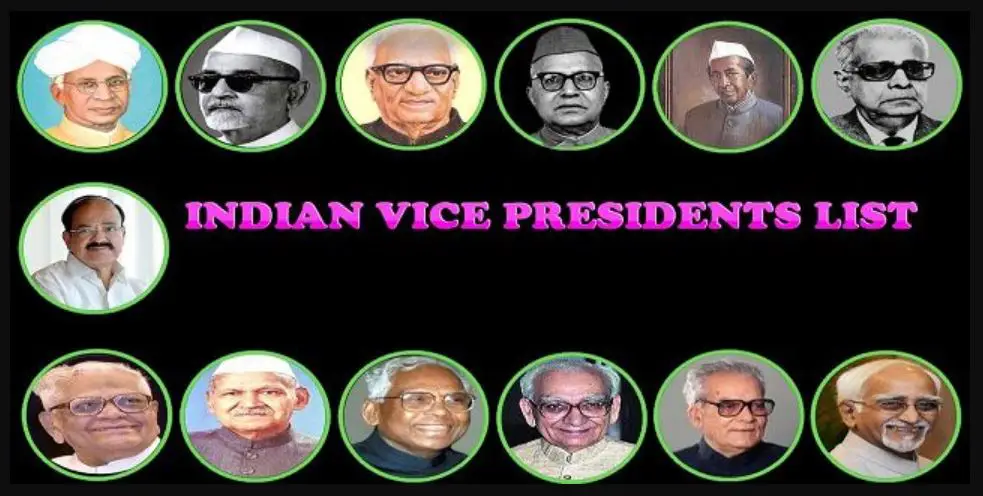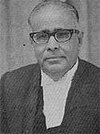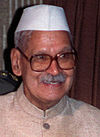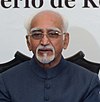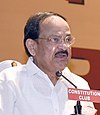Water Resources
Water is called Universal Solvent necessary for human civilization, living organisms and natural habitat. It is used for drinking, industry, agriculture, transportation, recreation and animal husbandry producing electricity for domestic, commercial and industrial use. Water, as a resource and river water, surface ponds, lakes, groundwater are all part of one system. Water is an important part of ecological system. Underground aquifers and rivers often cut across the state boundaries. Drought and flood affect vast areas of the country. Hydrogen cycle moves enormous quantity of water around the globe. 97.5% of all water on earth is saline water and remaining 2.5% is fresh water, most of which lies deep and frozen in Antarctica and Greenland and only about 0.25% in rivers, lakes and in soils are readily usable for mankind.
Precipitation is the basic source of water for both surface water and groundwater. Precipitation in the rainfall varies across the regions of the country and it is found to be 100 mm in western part of Rajasthan and 10000 mm at Cherrapunji in Meghalaya. Therefore, it is need of the hour to conserve the profile of soil, ponds, lakes, rivers and reservoirs for use during dry seasons. Reports indicated that out of total geographical area of 329 million hectare, 263 million people live in drought prone area.
Surface water
Animal surface runoff generated by rainfall and snowmelt is estimated to be about 1869 billion cubic meters (BCM) in India. It is estimated that only 690 BCM (37%) of surface water resources can actually be mobilized. Over 90% of annual flow of the Himalayan Rivers occurs over a four months period and capacity to capture such resources is complicated by suitable storage sites.
Rainfall
The average annual rainfall in India is about 1170 mm. Possible changes in rainfall patterns in the coming years, global warming and climate change could affect India’s water resources. About 10 million rainwater harvesting structures are to be constructed within a limited time period, to store the 400 BCM of river flows discharged into the sea without being utilized (Menon, 2001). This results in the acquisition of lakhs of hectares of land, mostly small land holders, displacing millions of poor farmers.
Ground water
It is estimated that about 30% of groundwater potential has been tapped for irrigation and domestic use and India’s rechargeable annual ground water potential has been assessed at around 431 BCM in aggregate. Large parts of the country have already exploited dynamic recharge. It is reported that Punjab and Haryana exploited about 97% ground water. States like Rajasthan, Gujarat, Western Uttar Pradesh and all Deccan states have depleting ground water. In India, fragile water resources are stressed and depleting while various sectoral demands are growing rapidly. In the ancient times, maximum water resources have been used for agriculture irrigation but with the growth in Indian economy and industrial activities, share of water is changing rapidly. Also, increased population and urbanization put an additional demand on water resources. Various reports revealed that annual demand of water may increase from 552 BCM in 1997 to 1050 BCM by 2025.
Physical resources
Physiographic factors play a very important role in the origin, distribution and utilization of water resources. India is divided into following regions
- a) The northern mountains
- b) The great plain
- c) The central highlands
- d) The peninsular plateau
- e) The east coast belt
- f) The west coast belts
- g) The islands. Entire country has been divided into 6 major river resource regions, 35 basins, 112 catchments, 550 subcatchments and 3237 (major) watersheds.
Water use in Agricultural Production
Development of water resources has been undertaken for specific purposes like irrigation, flood control, hydro-power generation, industrial and drinking water supply. Due to this reason, a large number of projects comprising dams, barrages, hydropower structures, canal network etc., have come up all over the country in successive five year plans.
In a span of five decades, food grain production which was only 51 M.Tons in 1950-51, crossed 208 M.Tons during 1999-2000. India is self sufficient in food grain production and also has 50 M.Tons of buffer stock to meet any shortages which may occur due to bad climatic conditions. India has become second largest producer of wheat, rice and sorghum, the third largest producer of sugarcane and fourth largest producer of cotton. In fruits and vegetables, India shares first position with China. In the animal husbandry and dairy sector too, progress has been quite impressive. India has witnessed developments in inland fish production and has the distinction of being the seventh largest producer of fish in the world and second largest producer of inland fish after China. Among the states, West Bengal is the highest producer followed by Andhra Pradesh and Bihar. These three states together produce 50% of the total inland fish production in the country, while the state of West Bengal alone accounts for 1/3 of this production.
The country’s population which is over 1.22 billion and is expected to reach around 1.39 billion by 2025. The food grain production will have to be raised to around 350 M.Tons by the year 2025. This therefore requires “development of water resources” so as to meet the food and fiber of our growing population. Irrigation constitutes the main component of water use in rural areas. The land holdings of India are predominantly of small size. Marginal size holdings (< 1 hectare) with an average size of 0.4 hectare constitute 59%, small holdings of 1 to 2 hectare size constitute 19% of the total land holdings. Semi-medium holdings of 2 to 4 hectare account for 13.2% and rest are medium (7.2%) and large (1.6%).
Drinking water supply in India
Rural water supply in India is largest of its kind in the world and remarkable achievement has been made due to the combined effect of state and central governments. There is considerable depletion of ground water due to inadequate recharging efforts, heavy dependence of ground water for irrigation and drinking water supply and neglect of traditional practices such as rain water harvesting resulted in the depletion of ground water which has fallen short of 20 cms/year. Our country is facing three major challenges in water sector namely a) slippage of covered habitations, b) water quality problems, c) sustainability of sources and systems as reported by Meenakshi Sundaram, in the year 2002. Despite improved coverage and access to drinking water supply in rural India, about 217, 211 habitations are facing water quality problems. Meenakshi Sundaram also emphasized the need to take up remote sensing techniques to identify the location of water bodies like ponds, lakes, tanks, etc., under the project ‘SWAJALDHARA’.
Quality of fresh water is declining year after year. Water distress is commonly seen in desert and drought prone areas. In addition, improper utilization of water resources and neglect of traditional water resources environment have further aggravated the situation. Due to this reason, degradation of quality and incidence water related diseases, water scarcity and falling water levels in several parts of the country. To solve this perennial problem, Government of India proposed a plan in 2003 for “Interlinking of various rivers of India”. This programme has certain objectives such as augmentation of irrigation agriculture (35 M.ha i.e., from 140 M.ha. to 175 M.ha.), clean and potable water for urban and industrial areas, to generate cost effective hydropower (35,000 to 40,000 MW), inland navigation, employment generation, ecological up-gradation due to regular supply of water, utilization of flood and drought and afforestation. “Interlinking of rivers” should become social and economic programme for distribution of water for domestic and other purposes and main issues concerning environment, ecology and displacement of people, etc.
Although, the availability of water decreasing year after year, yet in India water continues to be used inefficiently. If India were to succeed in social, economic and environment fronts, fundamental changes in how water is captured, allocated, managed and planning must occur. Therefore there is urgent need to evolve “water accounting and budgeting” at national, regional, sub-regional and grass root level (i.e., village or block level) so as to ensure utilization of water more judiciously. This also provides water scarcity, food security, health security, ecological security and livelihood security for the people.
Management of water resources
Judicious management of groundwater is very much necessary through scientific resources management and conservation. In India, utilization of ground water potential is limited and requires proper management. In many developed countries, law does not permit to use the groundwater indiscriminately. This requires thorough understanding of hydrology, GW system, SW systems, availability of energy from pumping and social dynamics.
Water demand trends
At independence, population was less than 400 million and per capita water availability over 5000 cubic meter per year. With the population crossed 1 billion mark, water availability has fallen to about 2000 m3/year per capita. By the year 2025 capita availability is projected at only 1500 m3/year or 30% of availability levels at independence.
Population and water availability trends
Indian economy depends on availability of ground water as an important component of water. 80% of groundwater is used for domestic purpose and an important source of drinking water and security of food in India. 50% groundwater is used for urban and industrial uses. Very significant percentage of water is used for irrigation and contributed to India’s agriculture and economic development. The per capita water availability of natural runoff is at least 1100 cu.m. Per year. Due to water pollution and inappropriate waste disposal, water availability of ground and surface water is further reduced. Though India is facing various serious water constraints to-day, India is not on the whole a water scarce country. The present water availability in India is approximately 2200 m3 per annum, actually compares quite favourably with a number of other countries.
Water sharing issues
More than 1.3 billion people live in south Asia. Almost half of these depend on river system for water needs. Many of those major rivers, some of which are amongst the world’s largest, flow across national borders and have been source of tension in the region.
In western part of sub continent, water of the Indian basin are shared and by Pakistan and India. In north and north-east, the basins of Ganges, Brahmaputra and Meghna are shared by India, Nepal, Bhutan and Bangladesh and some areas in China. Even within the country, there are plenty problems pertaining to water sharing between the states. In south India, Cauvery water is shared by Karnataka, Tamil Nadu, Pondicherry and Kerala and Krishna River is shared by Karnataka, Maharashtra and Andhra Pradesh. Cauvery tribunal was formed by Government of India in 1990 to look into the matter. Tribunal has allocated 419 billion sq ft of water annually to Tamil Nadu, 270 billion ft2 to Karnataka and 7 billion sq ft to Pondicherry and 30 billion sq ft Kerala. Sharing of Krishna River was referred to Bachawat commission which has agreed to allocate 560TMC to Maharashtra, 700TMC to Karnataka and 800 TMC to Andhra Pradesh.
Water sector investment
India is giving top priority for the investment in water sector for sustained economic growth since independence. Huge amount is invested for irrigation of Rs.576 billion the gross irrigated area, increased four-fold from 23 million hectares in 1951 to about 90 million hectare in 1997, substantially increasing and stabilizing the income of millions of farmers throughout the country. Considerable achievement has been made in drinking water coverage. About 85% of Indian urban population has access to public water supplies and over 75% of the rural population is now provided with public water supply.
Reforms in the water sector
Various reforms in the management of water resources are necessary but by its nature water is multi-dimensional. It involves users from different sectors with widely different needs. Due to federal administrative structure and enormous population, India’s task is made all the more difficult. Government should allocate sufficient amount in the budget and stringent environment laws are to be enacted. Implementation of reforms needs to be made through public debate and participatory process.
National water policy
This policy mainly addressed to vital issues related to develop, conserve, utilize and manage water resources in 21st Century. The major aspect is that “Integrated water resources development plan in the country and cautioned the timely action in respect of
- a) water efficiency should be improved,
- b) taking necessary steps for demand and supply,
- c) to protect the surface water flow through major, medium and minor storages.
The All India Soil and Land Use Survey (AISLUS) reported that the entire country has 3,237 major watersheds. Each watershed contains a complex mixture of land use characteristics, climatic conditions, landscapes, soil types and agricultural systems. Cropping pattern of an area is determined by many factors which include rainfall, soil types, climate, characteristics and farmer’s requirements of food grains for self consumption as well as market supply and net rate of financial gain, resulting in various alternative crops that can be grown in that area. Every state of the country should concentrate on its agro-ecological and agro-climatic conditions.


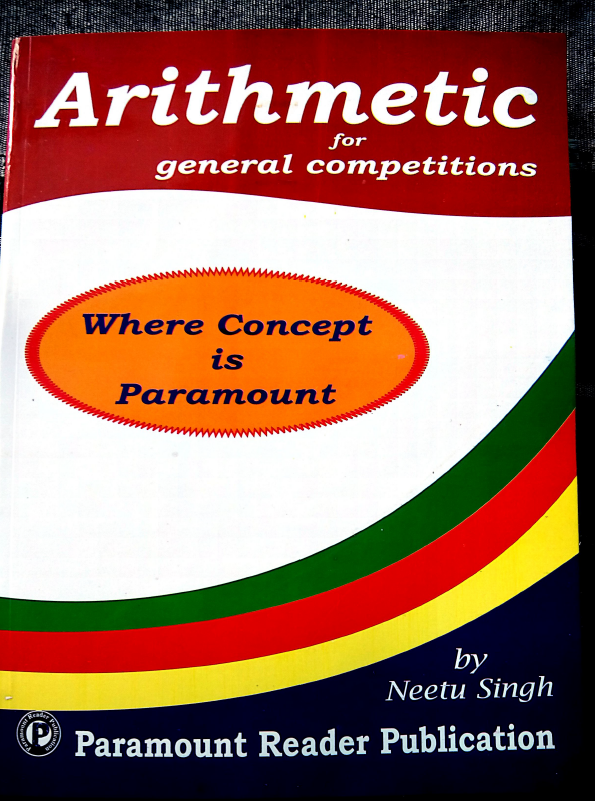



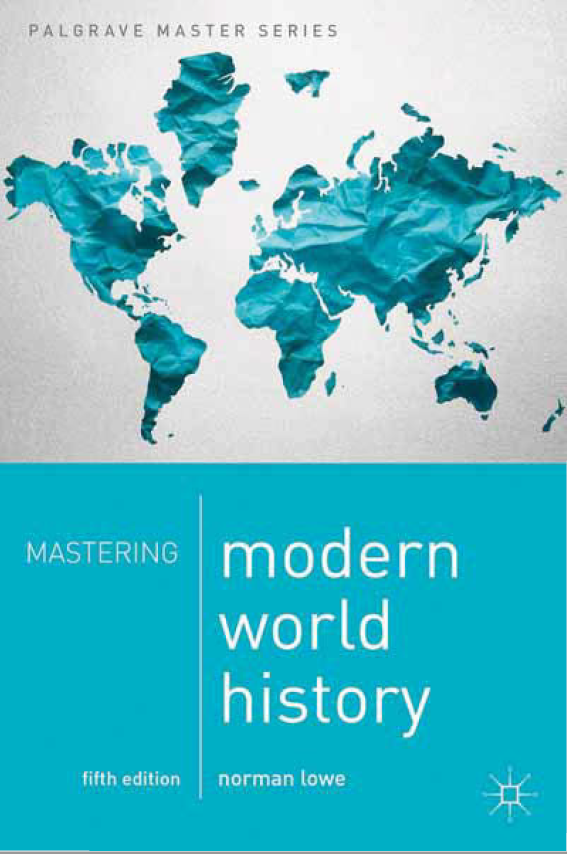
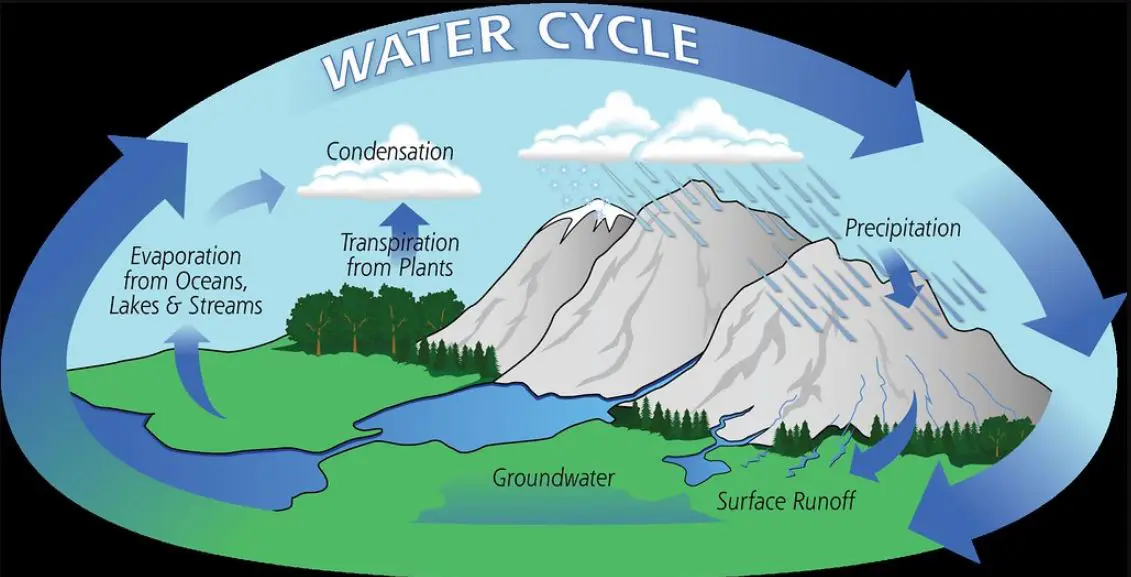


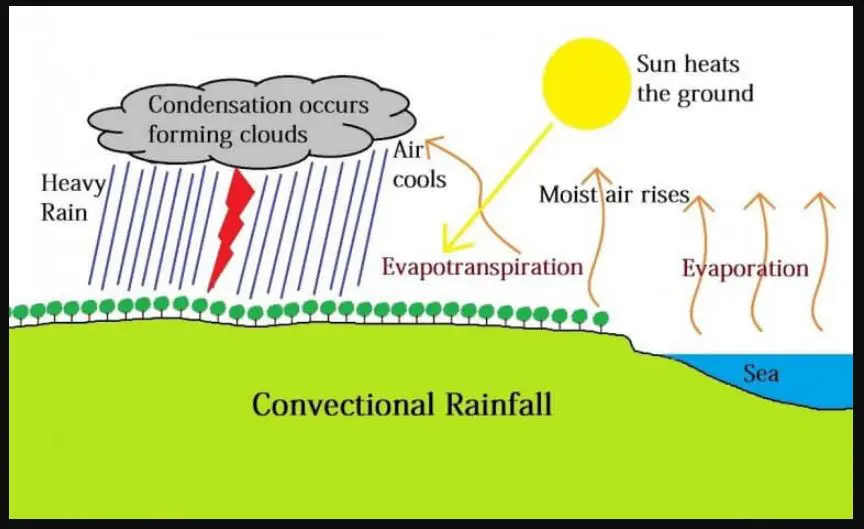
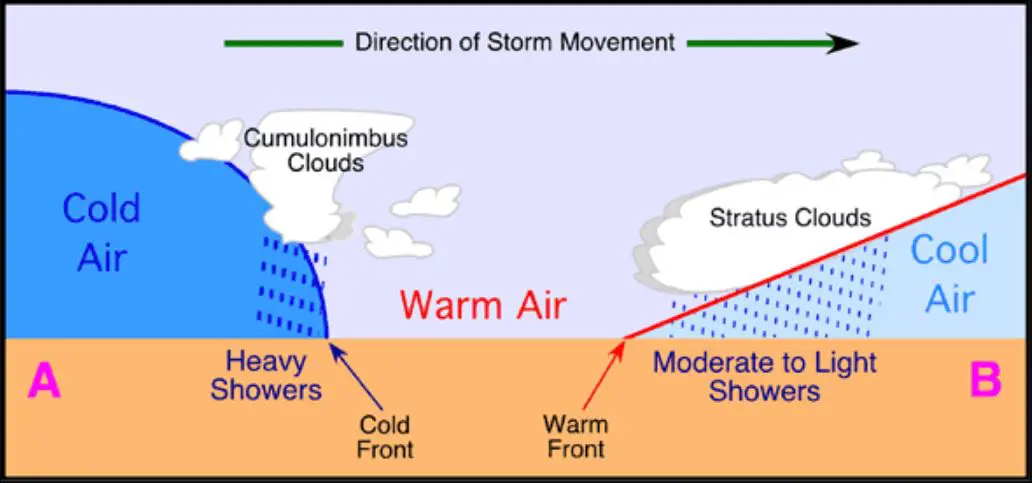
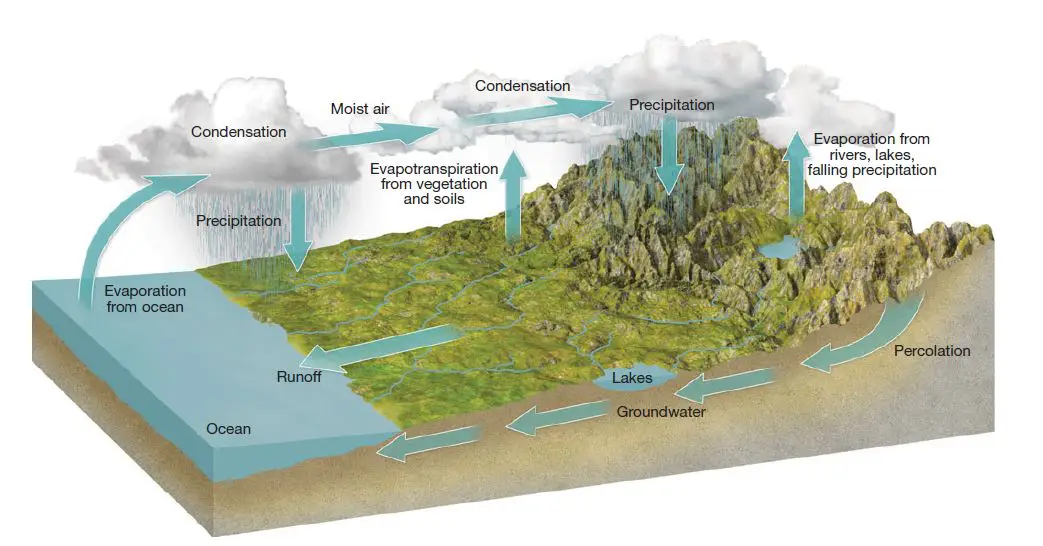


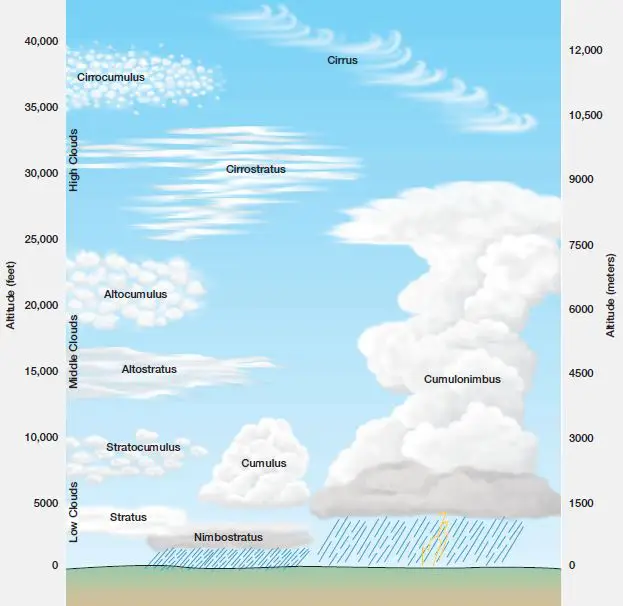
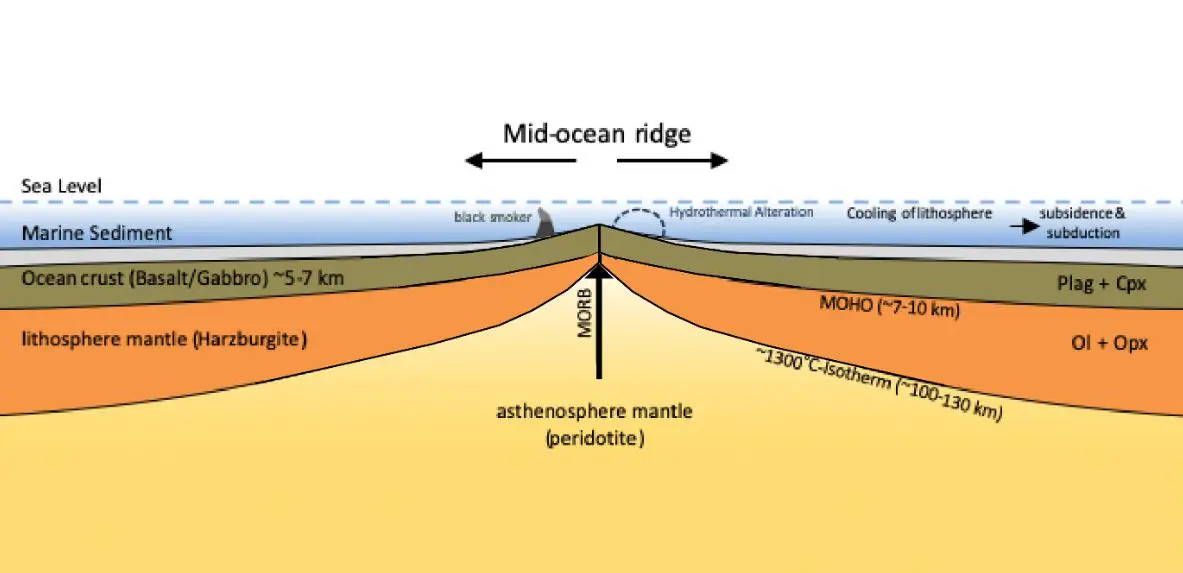

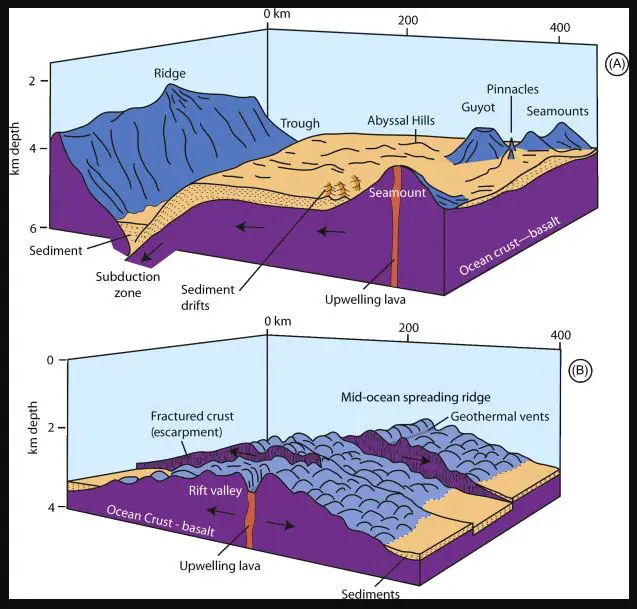
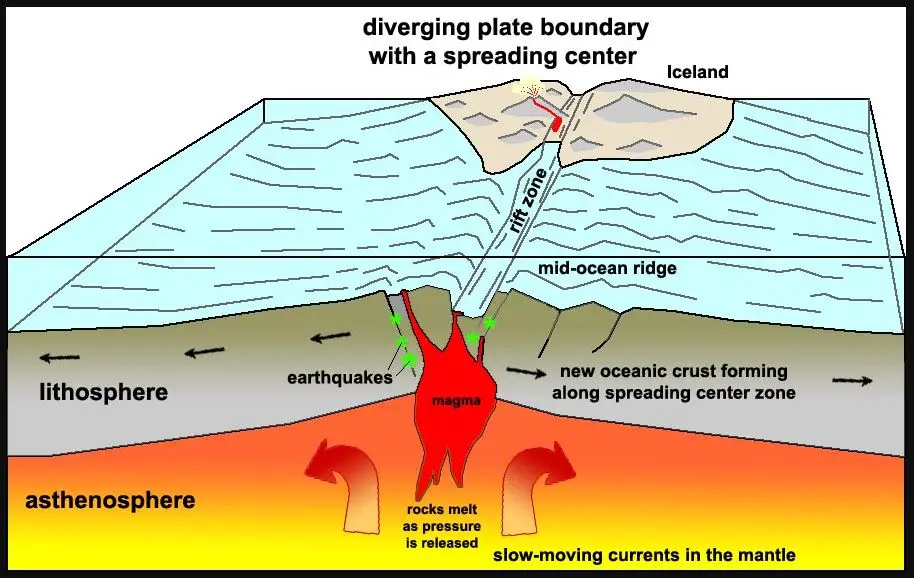
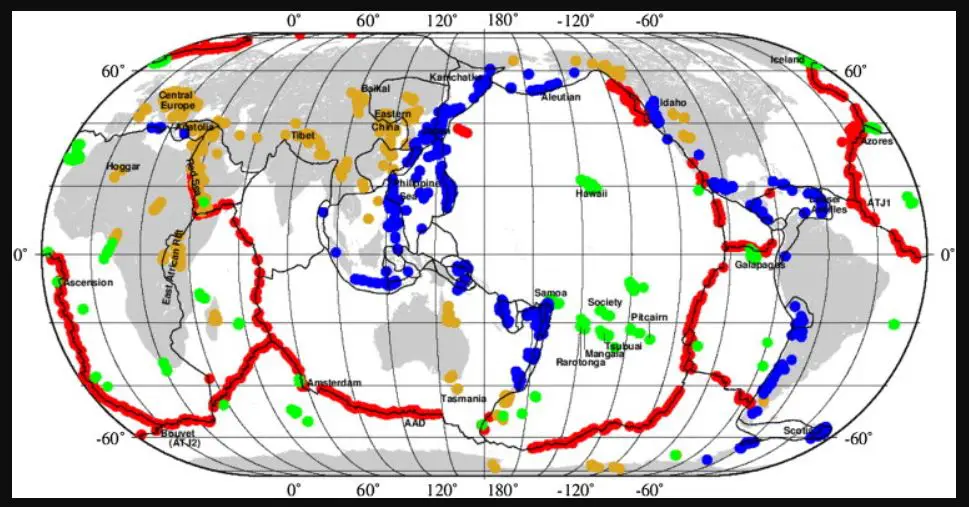
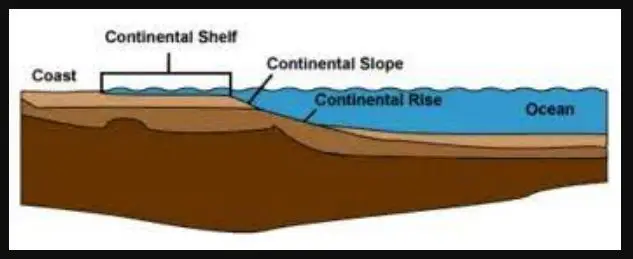


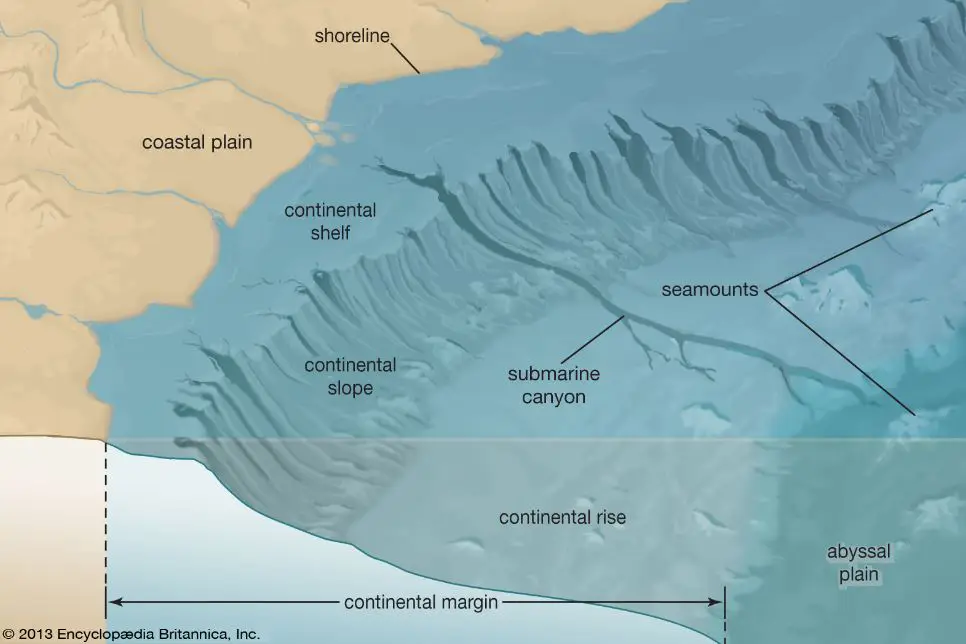
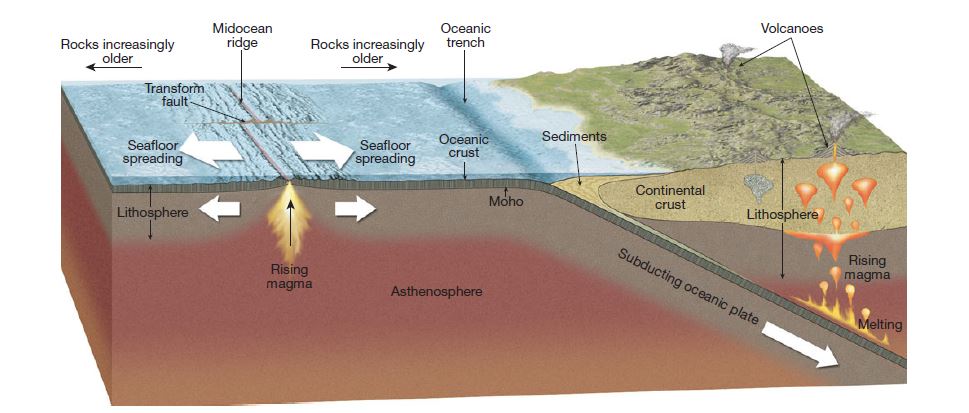
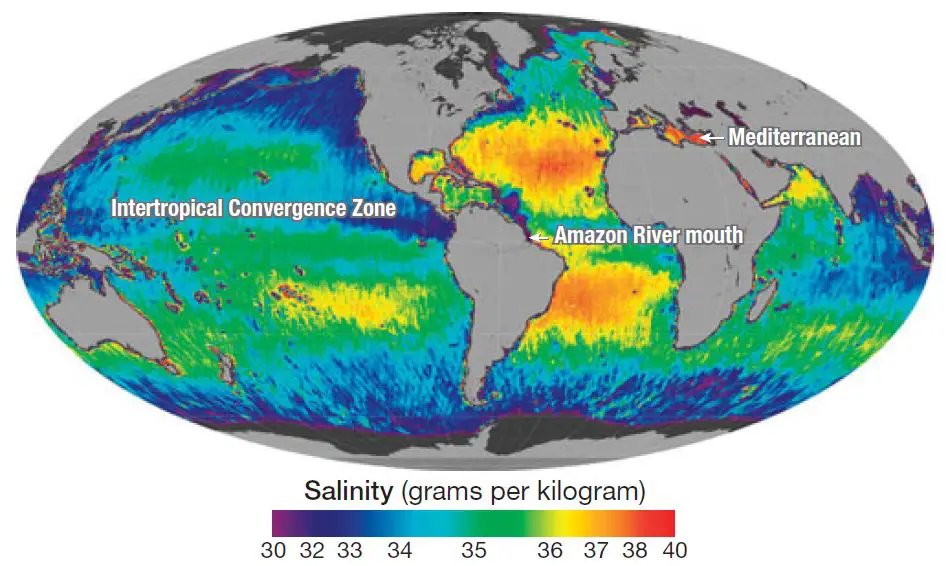
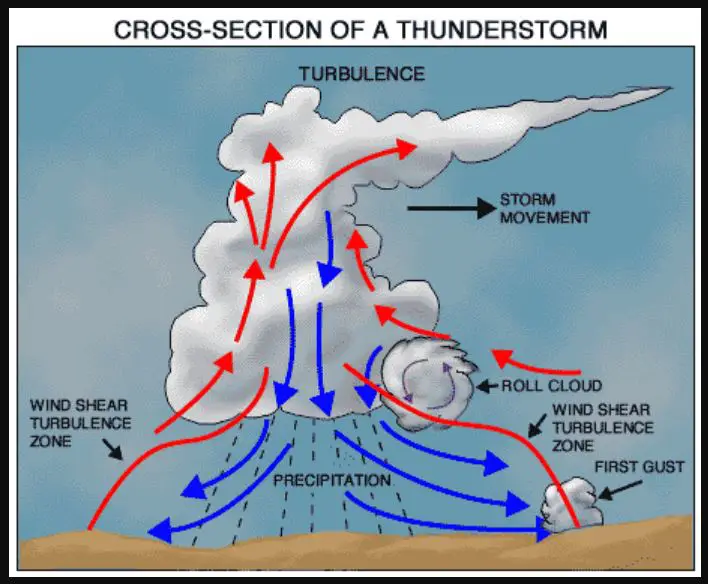
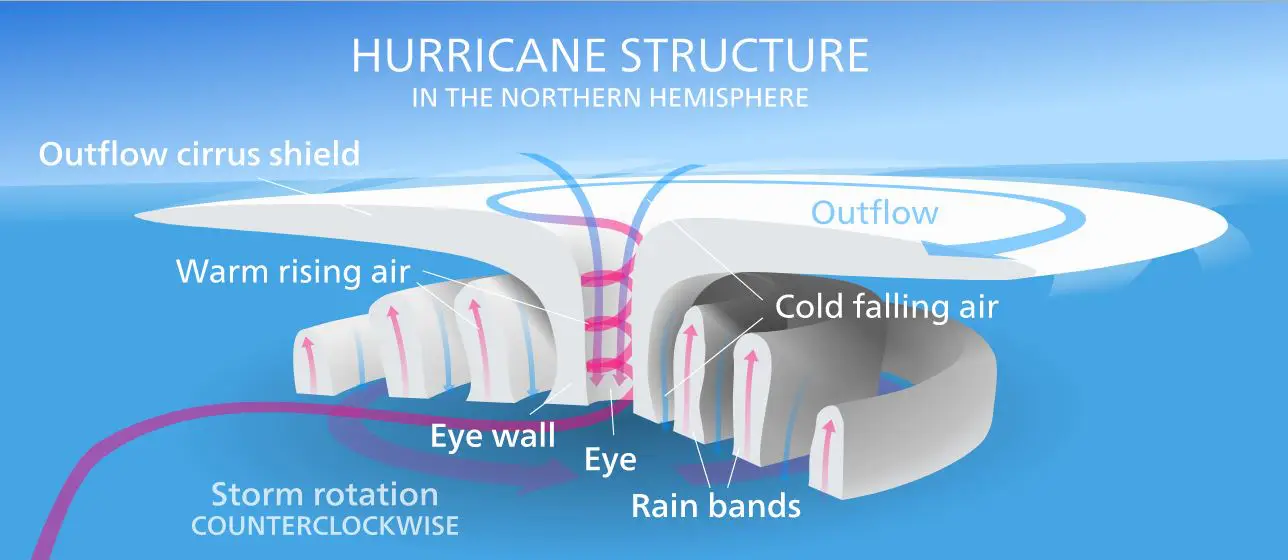
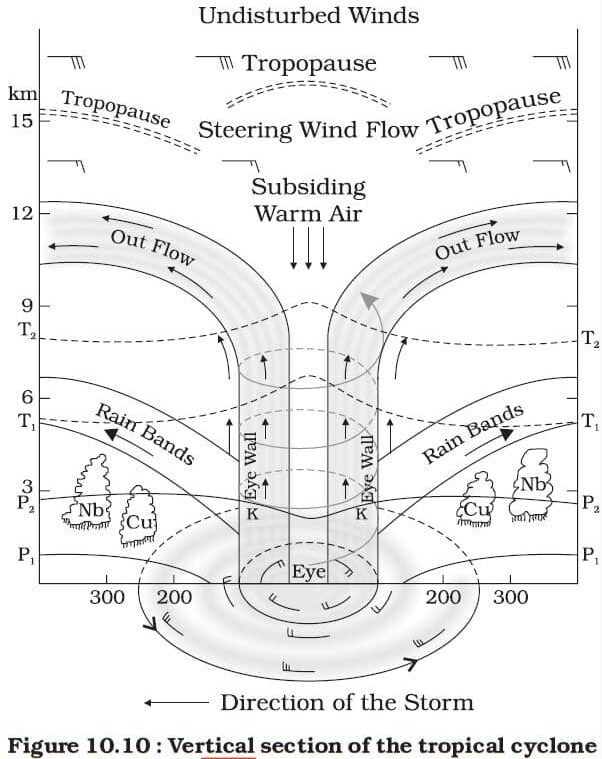
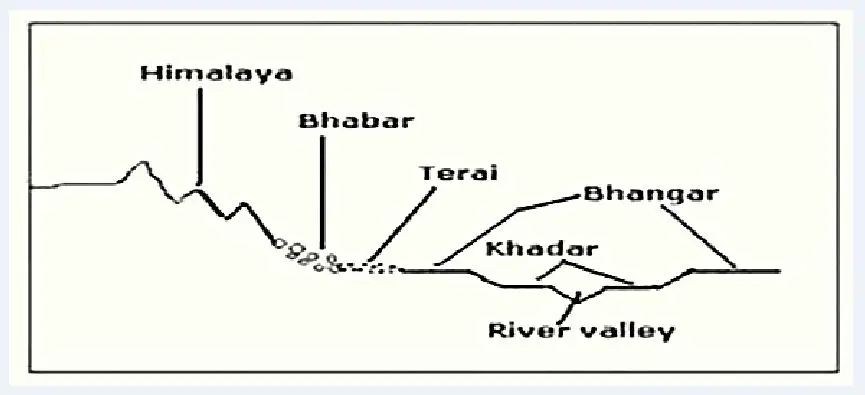
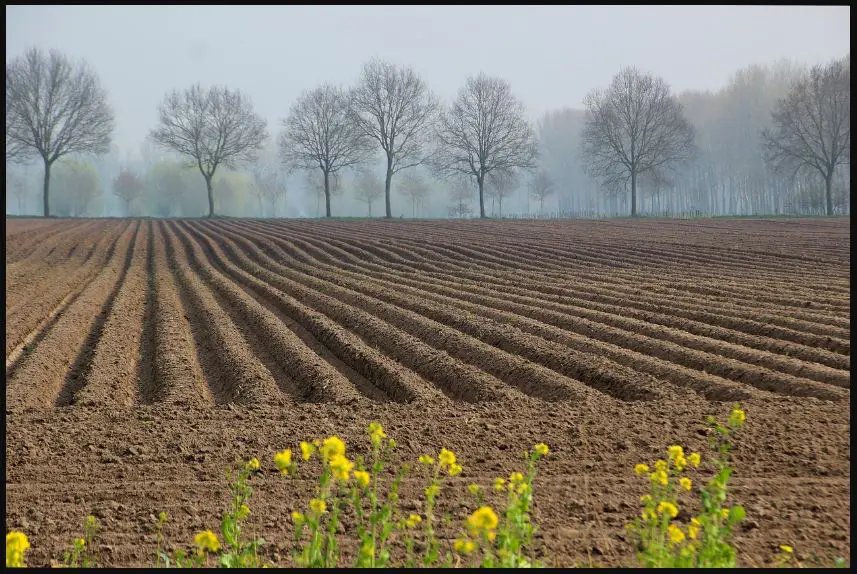
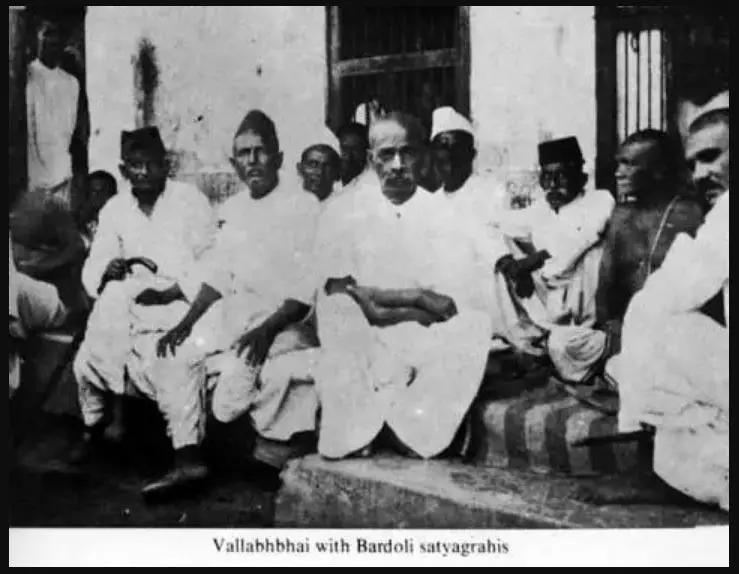
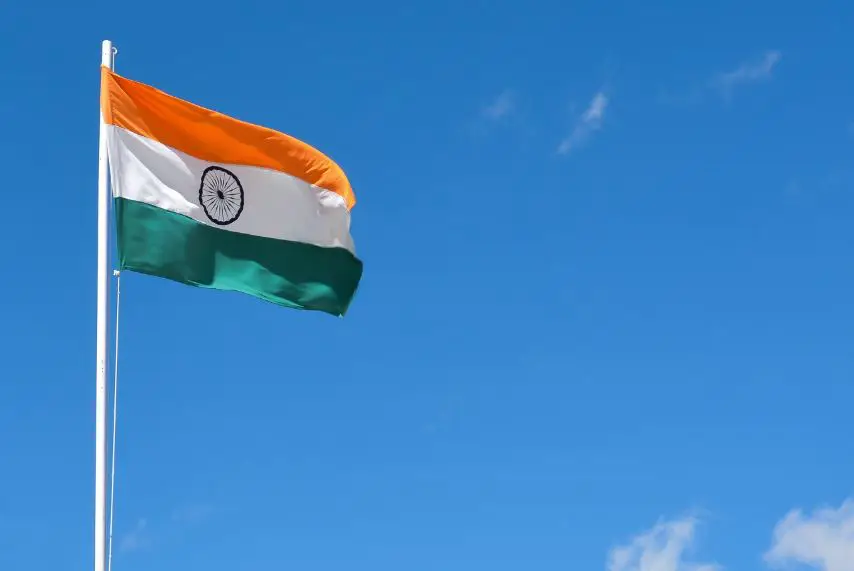

 virality of misleading content through limitations of some functionalities; opt-in features to receive group messages etc.
virality of misleading content through limitations of some functionalities; opt-in features to receive group messages etc.